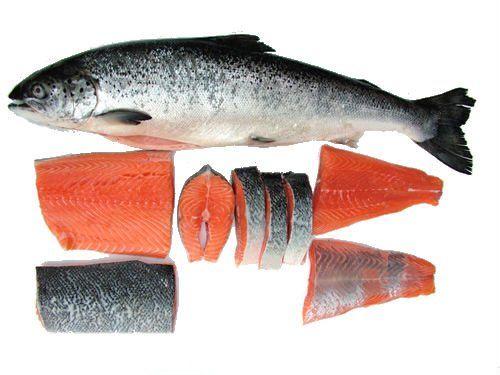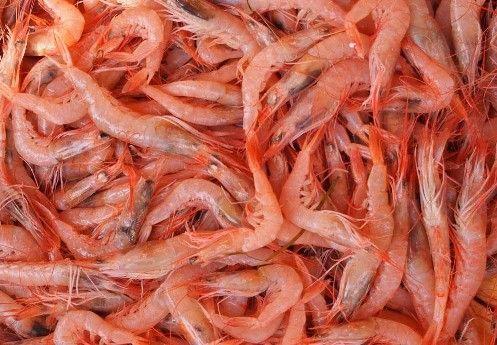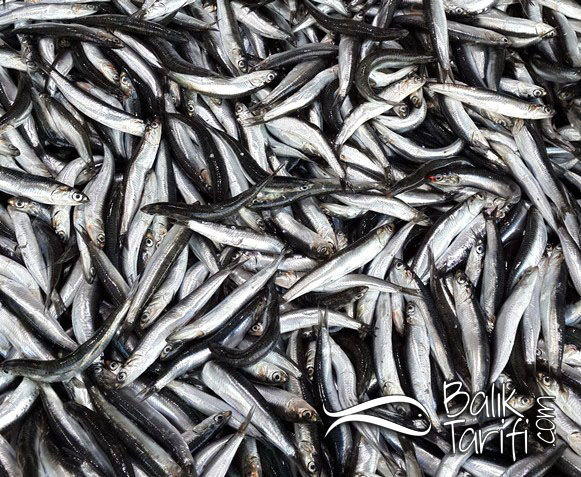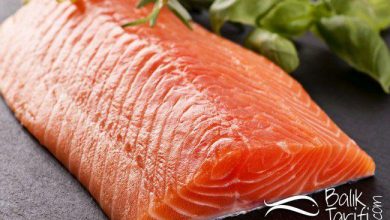How Much Omega-3 and Mercury is Found in Different Types of Fish?

Studies have long shown that seafood contains higher levels of protein, numerous vitamins and minerals, and Omega-3 fatty acids compared to many other foods. However, there’s an important detail to consider—mercury levels. Mercury can be found in almost all foods, including seafood. In this article, we present a study by the FDA (U.S. Food and Drug Administration) and the EPA (U.S. Environmental Protection Agency). This study is essential reading not only for pregnant women but also for those planning to become pregnant and families with children.
The article also includes a table, compiled through a joint effort by the EPA and FDA, which lists certain types of fish that contain valuable Omega-3 fatty acids, essential for health, and, conversely, the harmful mercury levels in those fish. We recommend carefully reviewing the table to make informed decisions about which fish to consume.
What Do the FDA and EPA Recommend?
The FDA and EPA have conducted research on the importance of fish consumption for pregnant women, those planning to conceive, breastfeeding mothers, and growing children. While fish is crucial for development, some deep-sea and predatory fish contain mercury at levels that can be harmful. This research identifies which types of fish should be avoided and what precautions should be taken.
FDA AND EPA’S RECOMMENDATIONS:
To support fetal development and overall health during pregnancy, and to strengthen the immune system of infants through breastfeeding, it’s recommended to consume 250-350 grams of fish per week. This is also crucial for children’s immune and cognitive development. The required amino acids and proteins can only be sufficiently obtained through fish consumption.
WHAT SHOULD YOU DO?
- Consume 250-350 grams of fish weekly:
This amount meets the minimum dietary requirements. It is recommended to eat fish 2-3 times a week. For children in their developmental years, this amount should be adjusted according to their age, weight, and calorie needs. - Choose fish with low mercury levels:
Like many other foods, fish contain traces of mercury. The healthiest fish with the lowest mercury levels include salmon, tuna, shrimp, anchovies, catfish, cod, tilapia, and pollock.




Avoid These Four Types of Fish:
Some deep-sea and predatory fish contain mercury levels higher than the recommended limit and should be avoided. These include shark, swordfish, tilefish (from the Gulf of Mexico), and king mackerel. Of these, shark and swordfish are the most commonly found in Turkey, and their high mercury levels pose health risks, especially to pregnant women and children.




HOW MUCH OMEGA-3 AND MERCURY IS FOUND IN EACH TYPE OF FISH?
Below is a chart showing the amount of Omega-3 fatty acids (EPA and DHA in milligrams) and mercury (in micrograms) found in 4 ounces (118 grams) of cooked fish:
| Fish Type | Omega-3 | Mercury |
|---|---|---|
| Salmon: Atlantic, Chinook, Coho | 1,200 – 2,400 mg | 2 µg |
| Anchovies, Herring, American Shad | 2,300 – 2,400 mg | 5-10 µg |
| Mackerel: Atlantic, Pacific (Not King) | 1,350 – 2,100 mg | 8-13 µg |
| Tuna: Bluefin, Albacore | 1,700 mg | 54-58 µg |
| Sardines | 1,100 – 1,600 mg | 2 µg |
| Oysters | 1,550 mg | 2 µg |
| Trout | 1,000 – 1,100 mg | 11 µg |
| Canned Tuna (White Albacore) | 1,000 mg | 40 µg |
| Mussels | 900 mg | N/A |
| Salmon: Pink, Sockeye | 700 – 900 mg | 2 µg |
| Squid | 750 mg | 11 µg |
| Pollock: Atlantic, Walleye | 600 mg | 6 µg |
| Marlin | 250 – 1,030 mg | 69 µg |
| Crab: Blue, King, Snow | 200 – 550 mg | 9 µg |
| Tuna: Skipjack, Yellowfin | 150 – 350 mg | 31-49 µg |
| Flounder, Plaice, Sole | 350 mg | 7 µg |
| Clams | 200 – 300 mg | <1 µg |
| Canned Tuna (Light) | 150 – 300 mg | 13 µg |
| Catfish | 100 – 250 mg | 7 µg |
| Cod: Atlantic, Pacific | 200 mg | 14 µg |
| Scallops | 200 mg | 8 µg |
| Haddock, Hake | 200 mg | 2-5 µg |
| Lobster | 200 mg | 47 µg |
| Crayfish | 200 mg | 5 µg |
| Tilapia | 150 mg | 2 µg |
| Shrimp | 100 mg | <1 µg |
| Orange Roughy | 42 mg | 80 µg |
Fish to Avoid for Pregnant and Nursing Women, and Growing Children:
| Fish Type | Omega-3 | Mercury |
|---|---|---|
| Shark | 1,250 mg | 151 µg |
| Tilefish (Gulf of Mexico) | 1,000 mg | 219 µg |
| Swordfish | 1,000 mg | 147 µg |
| King Mackerel | 450 mg | 110 µg |
What is Mercury and Methylmercury?
Mercury is a natural element that can be found in our environment. It can accumulate in lakes, rivers, and oceans, where it is converted into methylmercury. This form of mercury is stored in fish tissues and can pose a neurotoxic risk to the brain and nervous system if consumed in large amounts over time.
Does All Fish Contain Methylmercury?
Yes, almost all types of fish contain trace amounts of methylmercury. As fish grow and live longer, they accumulate more methylmercury in their bodies. Predatory fish and those living in the deeper parts of oceans and seas generally have higher levels of methylmercury.
Which Fish Should You Avoid?
According to FDA research, fish with high mercury levels should be avoided. These include:
- Shark
- Swordfish
- Tilefish (from the Gulf of Mexico)
- King Mackerel
How Often Should You Eat Fish?
Consuming 150-200 grams of fish per meal, 2-3 times a week, will meet your weekly nutritional needs.
Should Pregnant Women and Children Avoid Raw Fish?
Yes. Both the USDA and FDA recommend that pregnant women and children avoid eating raw fish, red meat, poultry, or eggs, as these can carry harmful bacteria that are not destroyed unless properly cooked.
How Should You Cook Seafood?
Boiling fish is a healthier option than frying, as it requires fewer calories. It’s important to ensure that fish is cooked thoroughly to minimize the risk of bacteria.
Do You Need to Worry If You Ate One of the Fish to Avoid?
No. Eating one meal of these fish is not harmful, but it’s important to be cautious of what you eat in the future. Mercury is not quickly eliminated from the body, so frequent consumption of high-mercury foods should be avoided.
Is It Okay to Frequently Eat Canned Tuna?
Yes. Canned tuna contains safe levels of methylmercury and can be consumed regularly. However, it’s still recommended to eat a variety of fish for a balanced intake of nutrients.
What Happens If You Don’t Eat the Recommended 250-350 Grams of Fish Weekly?
This is a general recommendation for maintaining health. If you don’t meet this amount in one week, you can make up for it the following week.
Why Should You Follow These Recommendations?
Fish are rich in essential proteins and minerals and contain very little saturated fat. They are also a significant source of Omega-3 fatty acids, vitamin D, and iron. These nutrients are especially crucial for the immune system and brain development of children, as well as during pregnancy and breastfeeding.
Should You Avoid All Fish During Pregnancy Due to Mercury Concerns?
No. It’s important not to avoid fish during pregnancy, as Omega-3 fatty acids are essential for fetal development. Research shows that the benefits of eating fish far outweigh the risks of mercury exposure from most types of fish, especially in countries like Turkey, where mercury levels in fish are generally low.
Can You Reduce Mercury Levels by Cooking or Cleaning the Fish?
No. Methylmercury is stored in the tissues of fish, and cooking or cleaning does not reduce its levels.





